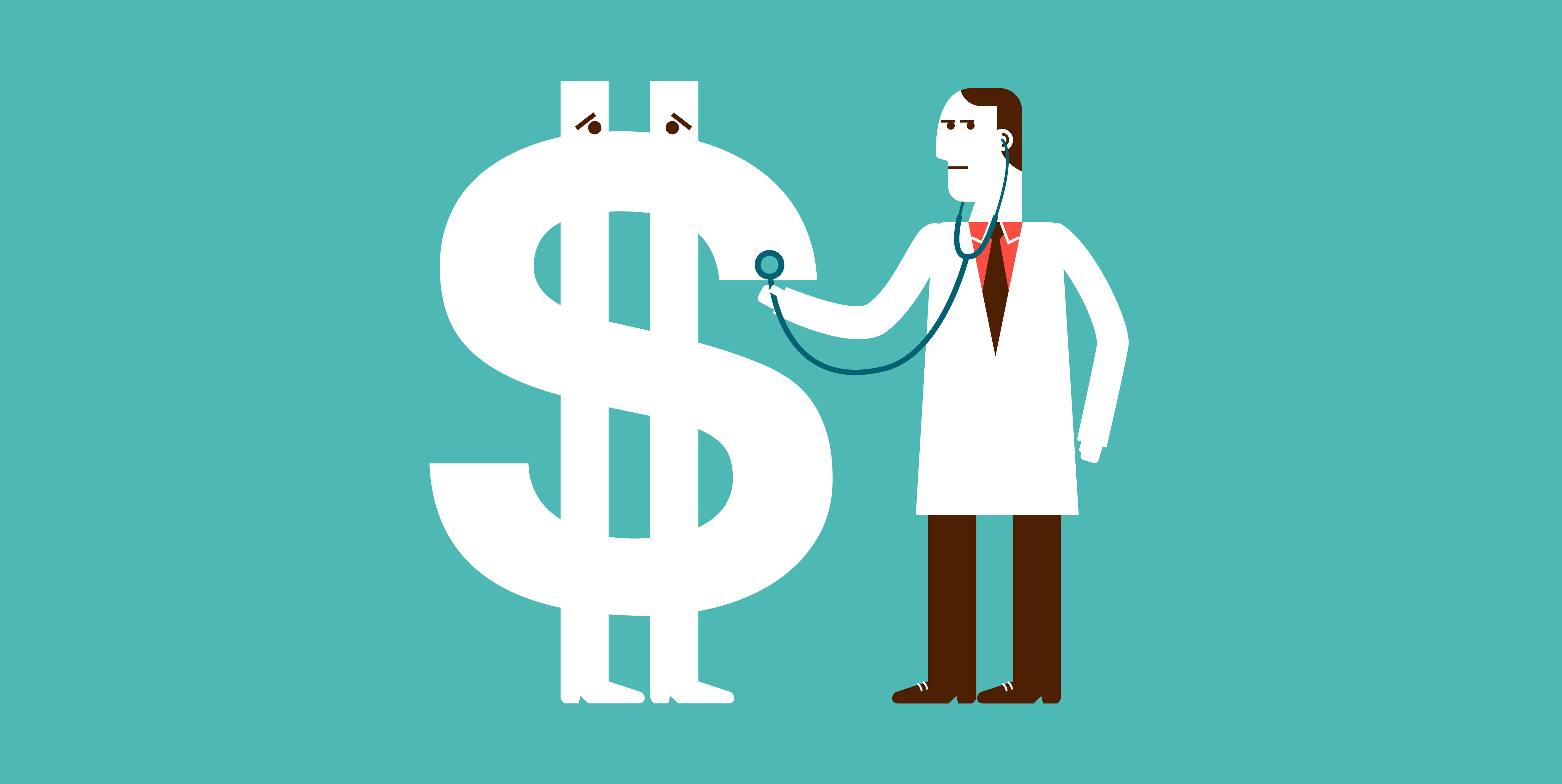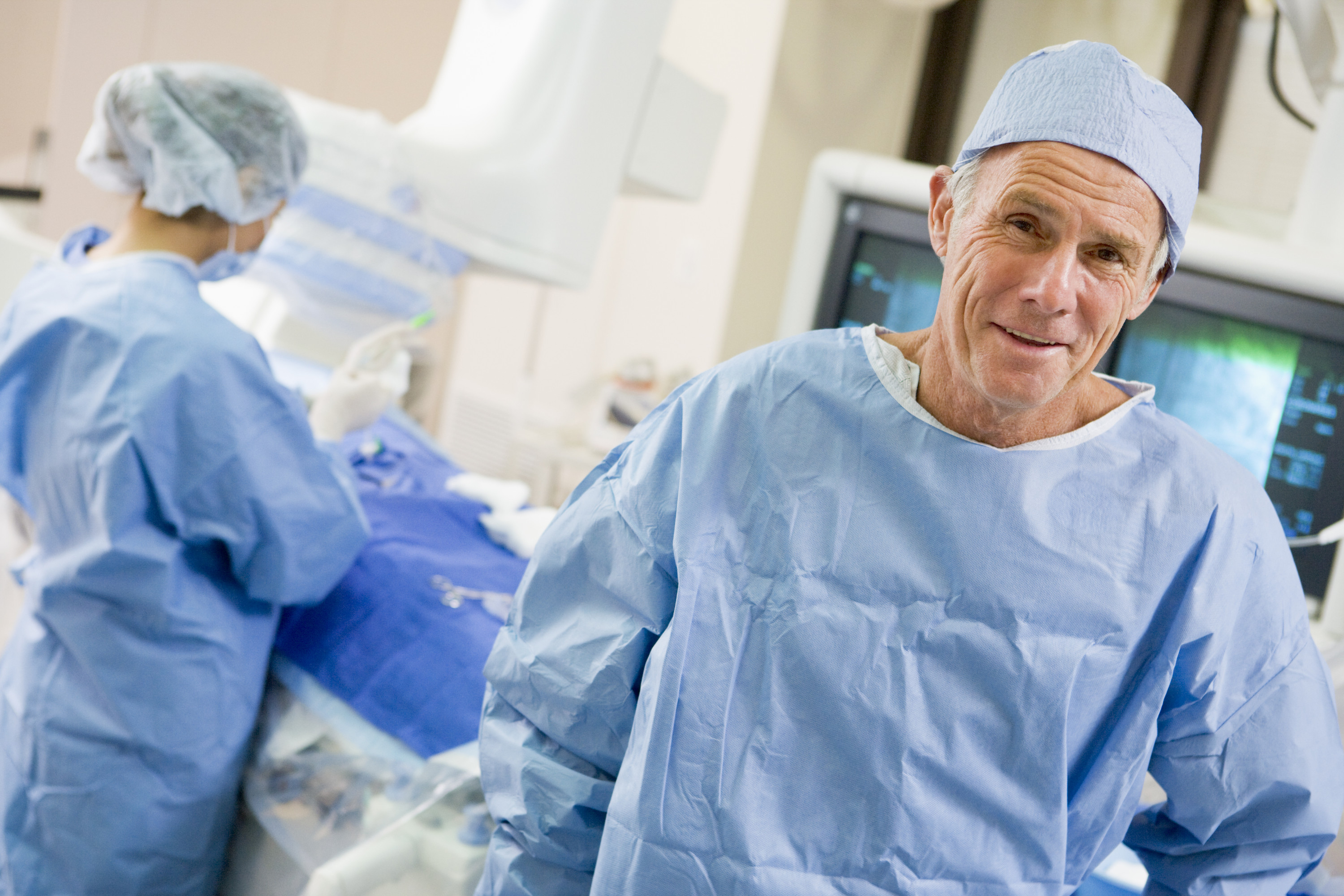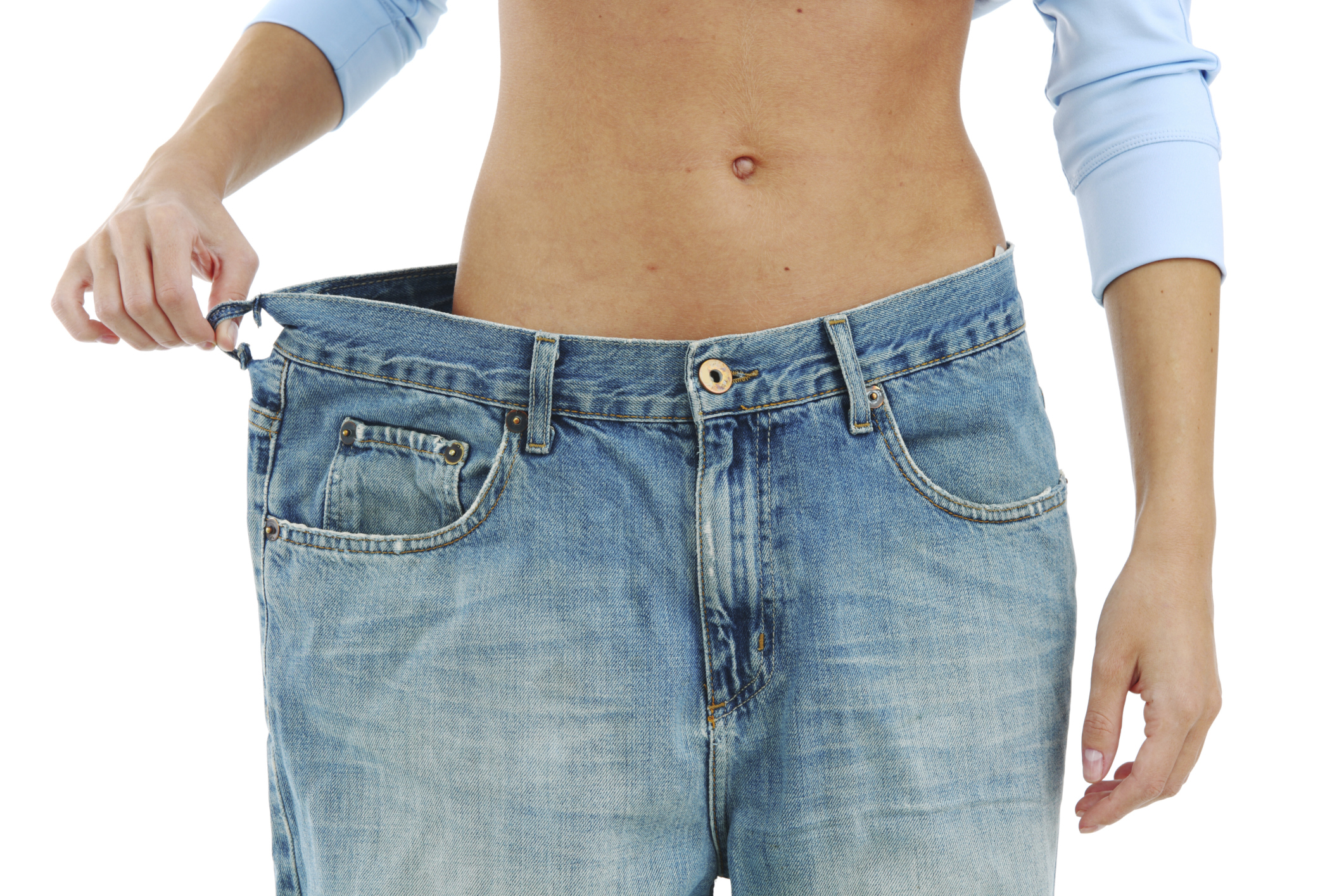Abdominal Etching Surgery
-
Content written by Andrew Proulx, MD | Reviewed by EnhanceMyself Medical Team | Last updated 6/18/2023
- Overview
Overview
What is ab etching?
Many people dream of achieving washboard abs, but some struggle to attain that look, despite rigorous exercise. If you’re among those individuals, you might consider abdominal etching.
Abdominal etching is a surgical procedure designed to sculpt the coveted ideal abdomen. This specialized technique, in use since the 1990s, involves a unique form of liposuction, tailored to emphasize and accentuate the abdominal musculature.
Topics covered on this page
- Ab etching vs liposuction
- Cost of abdominal etching
- Are you a candidate?
- Procedure overview
- Is it safe?
- Recovery time
- Exercise after surgery
- When to expect results
- Non-surgical alternatives
- How to choose surgeon
Ab etching vs. liposuction
The primary distinction between traditional liposuction and abdominal etching lies in the extent of fat removal. While liposuction typically removes subcutaneous fat from various body areas (such as thighs, buttocks, and love handles) without aiming for a “six-pack” appearance, abdominal etching employs a far more precise technique. It focuses on eliminating localized fat specifically from the abdomen, creating the defined look of “six-pack” abs.
Cost of abdominal etching
The average cost of abdominal etching surgery ranges from approximately $4,500 to $8,000. This cost can fluctuate due to several influencing factors, including:
- Surgeon’s Fee: The experience and reputation of the surgeon performing your abdominal etching procedure can affect the cost. Highly skilled and renowned surgeons often charge a premium for their services. To see if your surgeon is board certified, visit the Certification Matters website.
- Anesthesia Fees: Administering anesthesia involves the expertise of an anesthesiologist. The type of anesthesia used, procedure duration, and anesthesia provider’s qualifications influence these fees. General anesthesia tends to be more expensive than local anesthesia with sedation.
- Surgical Facility: The surgical facility where your abdominal etching is performed may impact the cost, encompassing the usage of the operating room and related services. To ensure a safe experience, check to see if your surgical facility is certified by the Accreditation Associations for Ambulatory Health Care (AAAHC).
- Location: Cost of living and average medical service pricing in your area can affect the procedure’s cost. Generally, urban areas tend to have higher fees.
- Liposuction Technique: The price may vary depending on the liposuction method used during your abdominal etching (e.g., VASER, SmartLipo, etc.).
- Pre and Postoperative Care: Expenses associated with preoperative consultations, medical tests, surgical garments, prescription medications, and follow-up appointments can influence the overall cost.
- Additional Procedures: If you are considering other procedures alongside your abdominal etching, additional costs may be incurred.
Before proceeding with abdominal etching, it’s advisable to arrange a consultation with a board-certified plastic surgeon. This consultation allows you to discuss your aesthetic goals and gain a comprehensive understanding of the specific cost breakdown pertinent to your individual case.
Are you a candidate?

Is Abdominal Etching Right for You?
Abdominal etching suits individuals who already maintain a healthy diet, exercise regimen, and well-developed abdominal muscles. Some individuals struggle to achieve the “washboard abs” appearance they desire despite their efforts. Abdominal etching offers them a means to finally attain the well-defined look they seek. Additionally, some individuals who have undergone abdominal liposuction or a tummy tuck may opt for abdominal etching to further enhance their new appearance.
You might be a suitable candidate for abdominal etching if you:
- Are in overall good health without major medical issues.
- Are a non-smoker.
- Are within 20% of your ideal body weight.
- Possess an athletic build and are physically fit.
- Already have well-toned abdominal muscles, with only a thin layer or small pockets of stubborn fat covering the muscles (at least 1 cm but no more than 2 cm of fatty deposit).
- Have healthy skin tone and elasticity.
Individuals considering abdominal etching should recognize that maintaining results post-surgery requires a healthy diet and exercise regimen.
Procedure overview
Abdominal etching is typically an outpatient procedure conducted using either local or general anesthesia. The entire procedure generally lasts no longer than one hour and begins with a consultation by a board-certified plastic surgeon.
On the day of the procedure, the following steps typically occur:
- In preparation, the surgeon marks the areas to be enhanced or sculpted, ensuring your satisfaction with the plan. These markings serve as guides during surgery.
- A specialized foam pressure dressing is applied to the skin overlying the areas where liposuction will be performed. This foam dressing remains in place for one week post-surgery.
- Anesthesia is administered.
- Several small incisions are made in the belly button or along natural creases on the abdomen.
- A small metal tube, known as a cannula, is inserted beneath the skin. In some cases, surgeons may use different-sized cannulas for more precise fat removal.
- Using various liposuction techniques (e.g., Ultrasound, Laser, etc.), excess fat is removed along the lines marked by the surgeon, sculpting the abs into the desired contours.
- Most patients do not require sutures at the end of the procedure, as incisions are typically less than a quarter of an inch long.
Is it safe?
While any surgery carries potential risks, abdominal etching is considered a low-risk elective procedure with a high level of patient satisfaction. A review of 512 male abdominal etching cases found that only three patients required corrective surgeries.
Potential risks and side effects may include:
- Infection.
- Contour defects necessitating revisions.
- Nerve damage or loss of skin sensitivity.
- Fluid accumulation under the skin.
- Scarring.
- Skin hyperpigmentation.
Before proceeding with surgery, be sure to discuss all potential risks and side effects with your plastic surgeon.
Recovery time
Patients typically return home on the same day as the surgery. A binder (tension wrapping) is placed over the foam pressure dressing before discharge. Most individuals can return to work within 1-2 weeks.
Following surgery, you can expect some pain and discomfort, usually manageable with over-the-counter pain medications. Swelling, bruising, and redness around the surgical site are common.
The foam pressure dressing remains in place for one week. You can shower with it on, but you must remove the binder, and the foam should be dried with a towel or blow dryer before replacing the binder. The binder is worn for 4-6 weeks, full-time initially and then part-time.
Exercise after surgery
Light exercise is permitted after two weeks, but heavy exercise and running should not commence until four weeks post-operatively. Patients are encouraged to maintain fitness after surgery to preserve the results, and some surgeons involve dieticians and personal trainers in aftercare.
When to expect results
Most post-operative swelling subsides within the first two weeks, but the final aesthetic appearance continues to improve gradually over 3-6 months. According to a 2019 study of 50 individuals who underwent abdominal etching, 98 percent were satisfied with the results 27 months after the procedure.
Non-surgical alternatives
Currently, no non-surgical alternatives offer the same degree of results as abdominal etching surgery. However, options are available for individuals seeking less invasive procedures to reduce small pockets of unwanted fat or build muscle:
- CoolSculpting: A non-surgical technology that freezes away unwanted fat, specifically targeting fat cells beneath the skin’s surface in a safe and effective manner.
- Emsculpt: A non-invasive FDA-approved body contouring treatment that simultaneously builds muscle and burns fat. A single treatment with this device is equivalent to performing 20,000 sit-ups.
How to choose a plastic surgeon
To attain the desired results, it is important to carefully select your abdominal etching surgeon. The surgeon you choose, along with their recommended surgical approach, significantly influences patient satisfaction. Seek out a surgeon with substantial experience in ab etching specifically. Ensure that your surgeon is board-certified and holds membership in one or more of the following organizations:
- The American Board of Plastic Surgery
- The American Society of Plastic Surgeons
- The Aesthetic Society
Ready to take the next step? Find a cosmetic surgery specialist near you.
EnhanceMyself.com relies on sources such as professional medical organizations, government agencies, academic institutions, and peer-reviewed scientific journals to write it’s articles. Learn more about how we ensure our content is accurate, in-depth, and unbiased by reading our editorial guidelines.
*Medical Disclaimer: This website does not provide medical advice. Read more.



